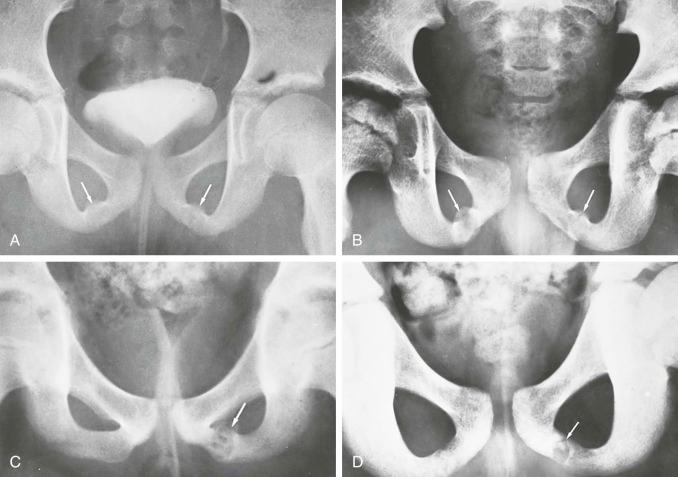Physical Address
304 North Cardinal St.
Dorchester Center, MA 02124

Normal variants in the skeleton are commonly encountered in the practice of radiology. Kohler was the first to seriously address this subject in his book, Borderlands of the Normal and Early Pathologic Findings in Skeletal Radiology, which was published in 1968 and was limited to the skeletal system. Theodore E. Keats expanded the concept of normal variation to all of the subspecialties of imaging with the publication in 1973 of his masterpiece, Atlas of Normal Roentgen Variants That May Simulate Disease . As Dr. Keats so eloquently wrote in the Preface to the first edition, “The problem of normal variation is a lifelong one for the radiologist, and the mark of his experience is often his ability to recognize a wide range of these entities. Variation is inseparably related to the study of normal anatomy. In addition, the error of overdiagnosis of a normal variation as evidence of pathology may be more serious than omission and may lead to needless and harmful therapy.”
The entities in this book are based on the personal experiences of the authors and on the published work of others. Many of the entities are unproved. However, proof of the normal character of these lesions/abnormalities is that the authors have seen the entities many times and follow-up shows no change radiographically or no adverse effects to the individuals. Another indication of normality is that follow-up studies prove the lesion to be a consequence of growth. Still, other findings prove to be normal variants because they occur on the contralateral side with great frequency. Finally, many of the patients are asymptomatic at the site of the “normal variant.” Some of these normal variants, however, may be symptomatic, and Dr. Jack Lawson (Yale University) has written on these “symptomatic radiographic variants” and “not-so normal variants.”
A few of the more important normal variants are presented in this chapter, with an emphasis on those that may cause diagnostic difficulty or clinical symptomatology. For a more comprehensive review of the subject, the references just mentioned should be consulted.
Become a Clinical Tree membership for Full access and enjoy Unlimited articles
If you are a member. Log in here